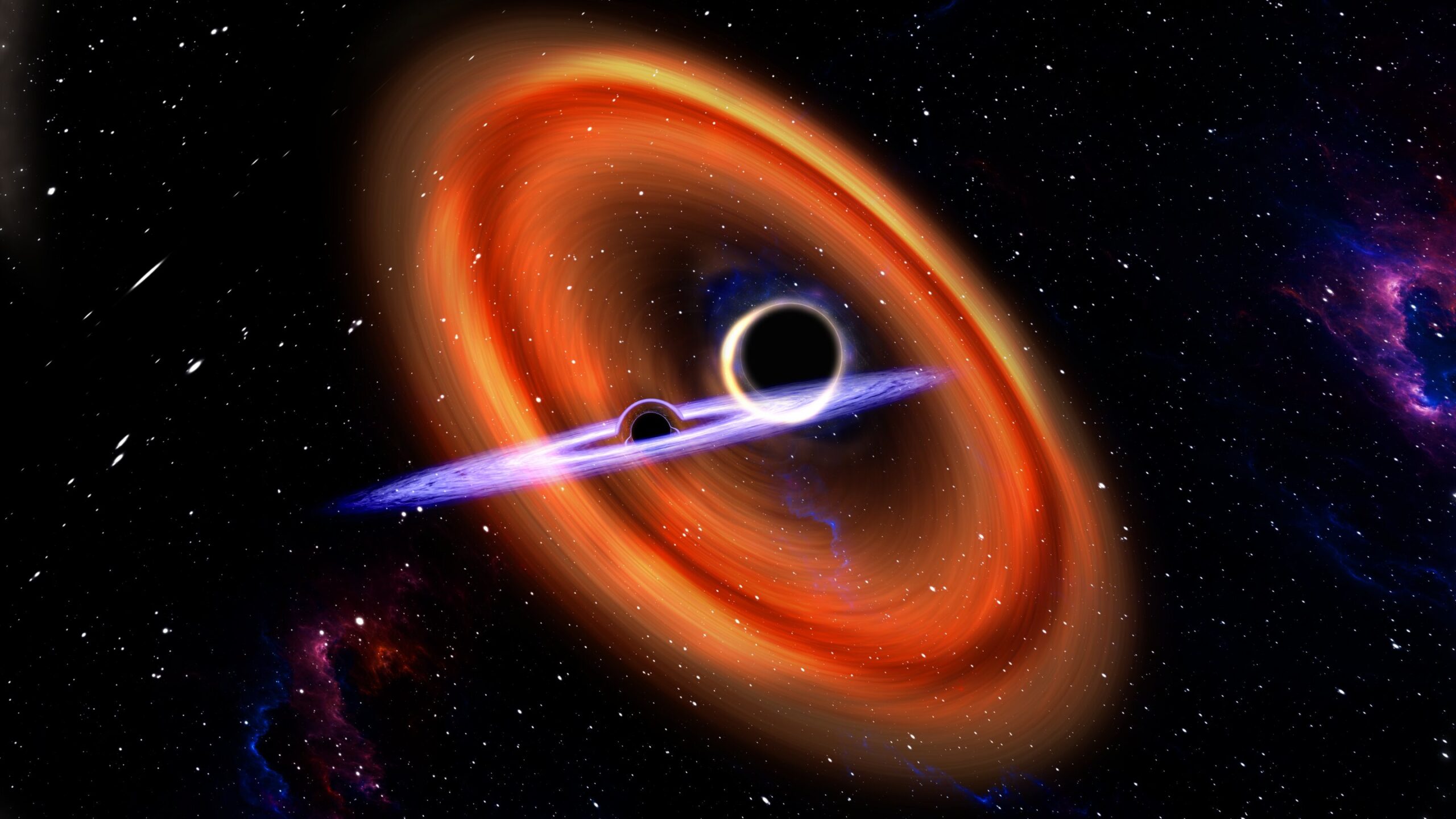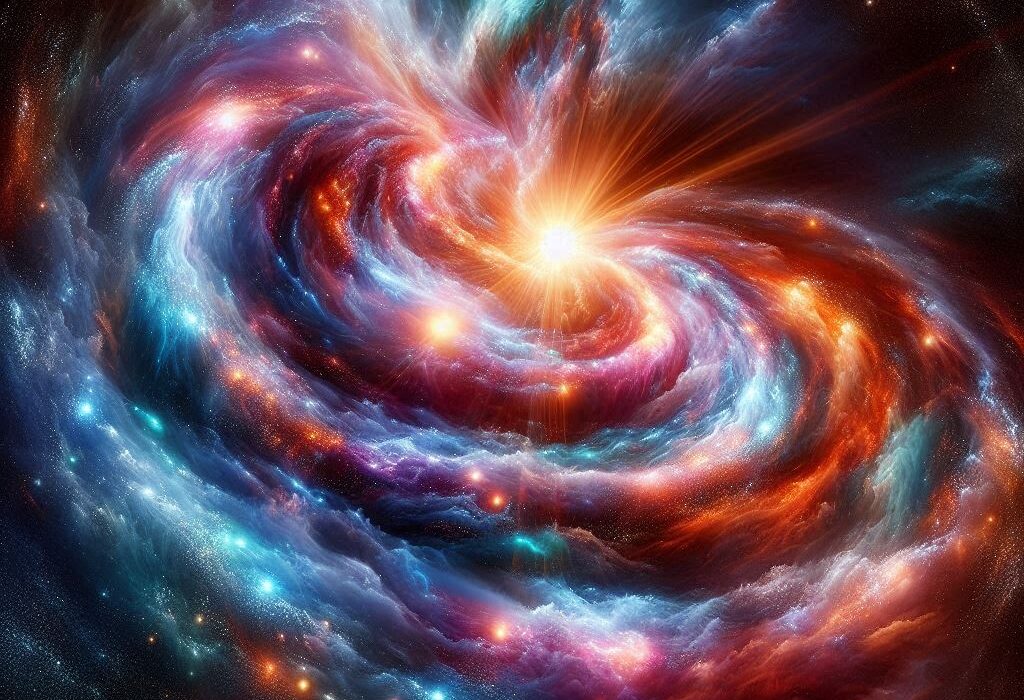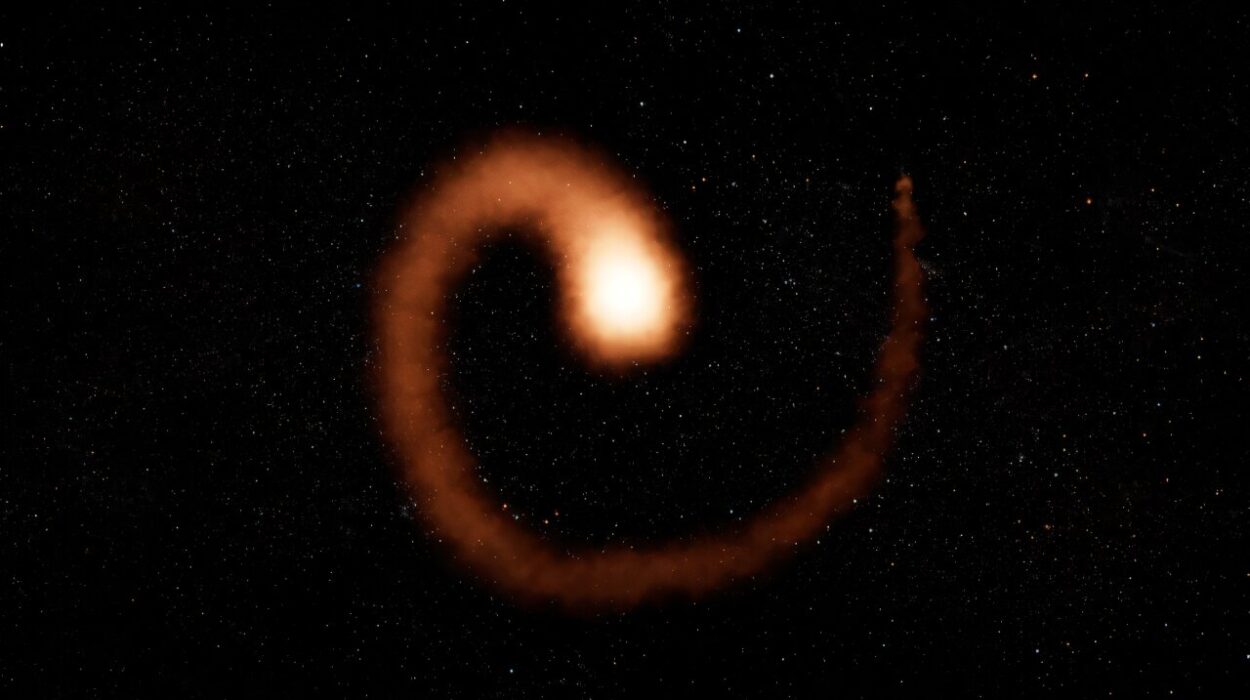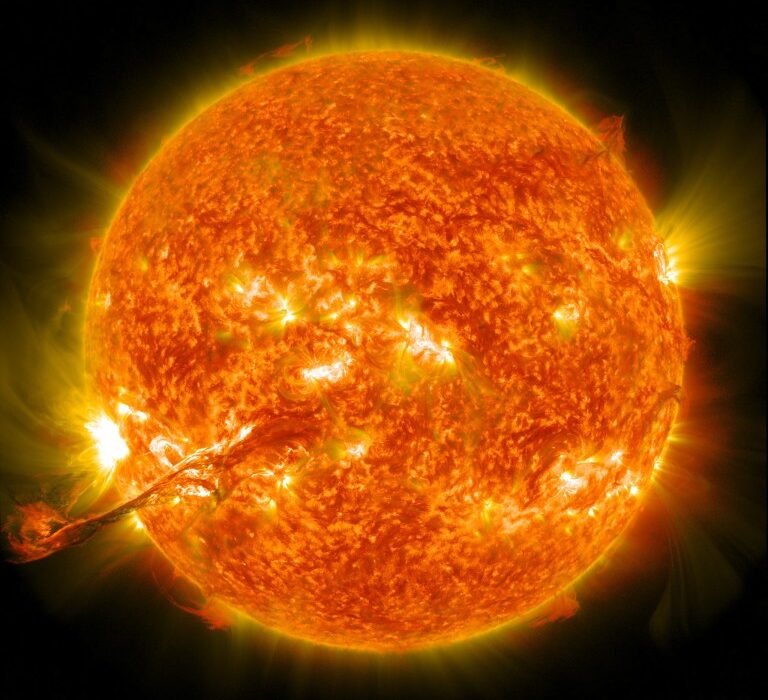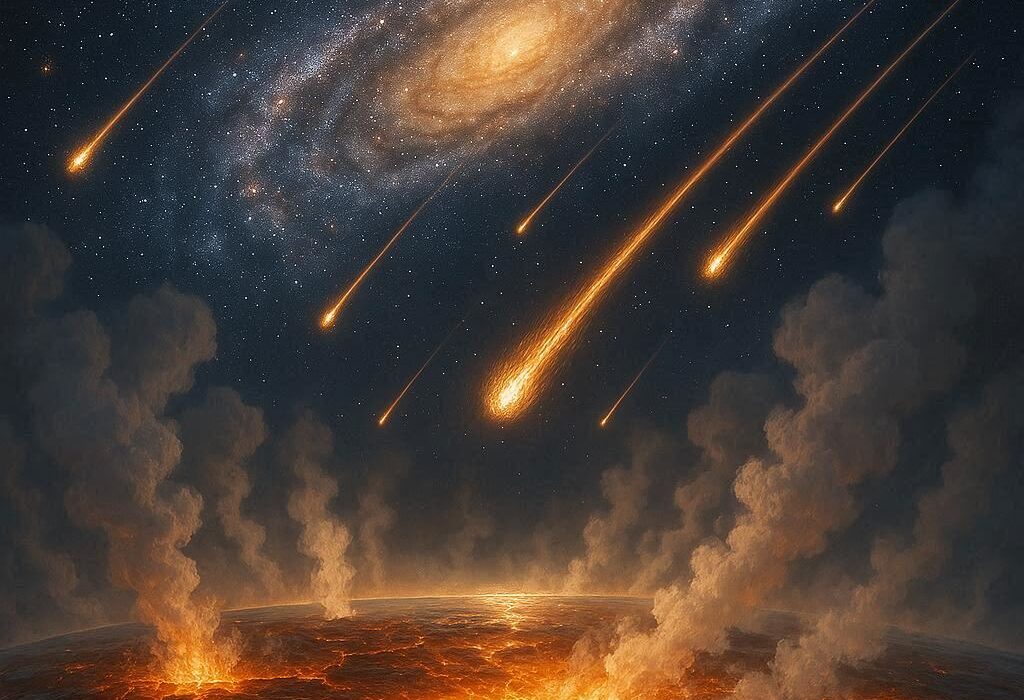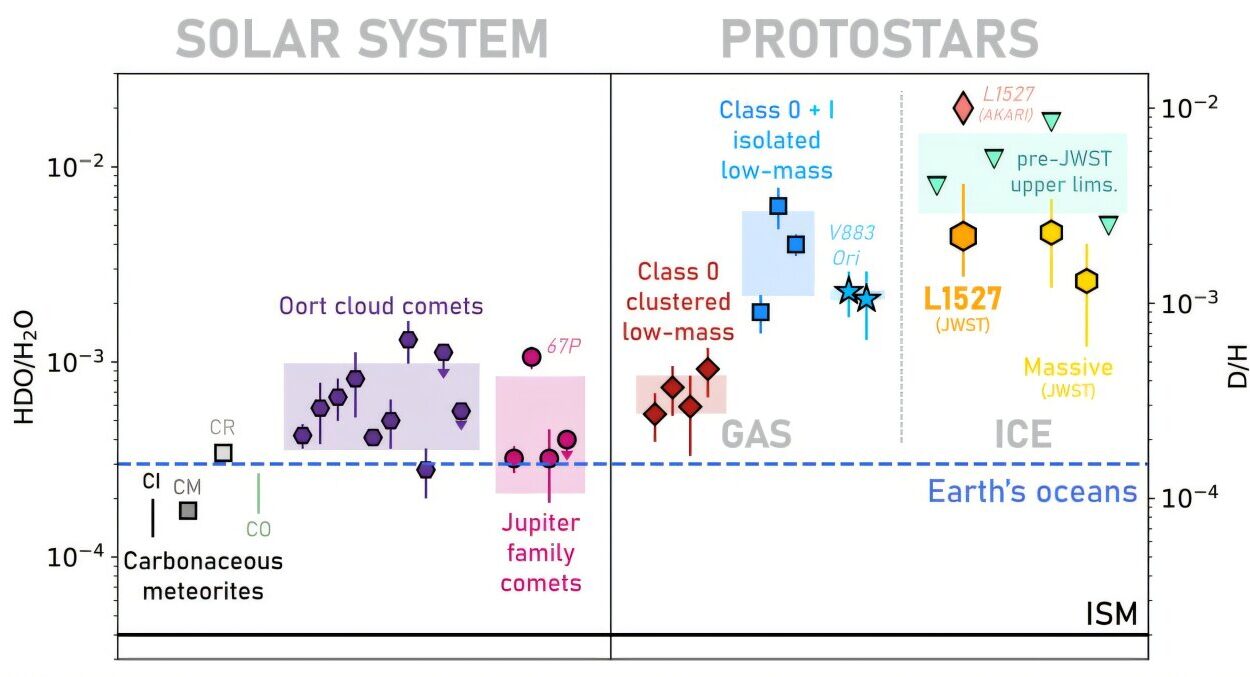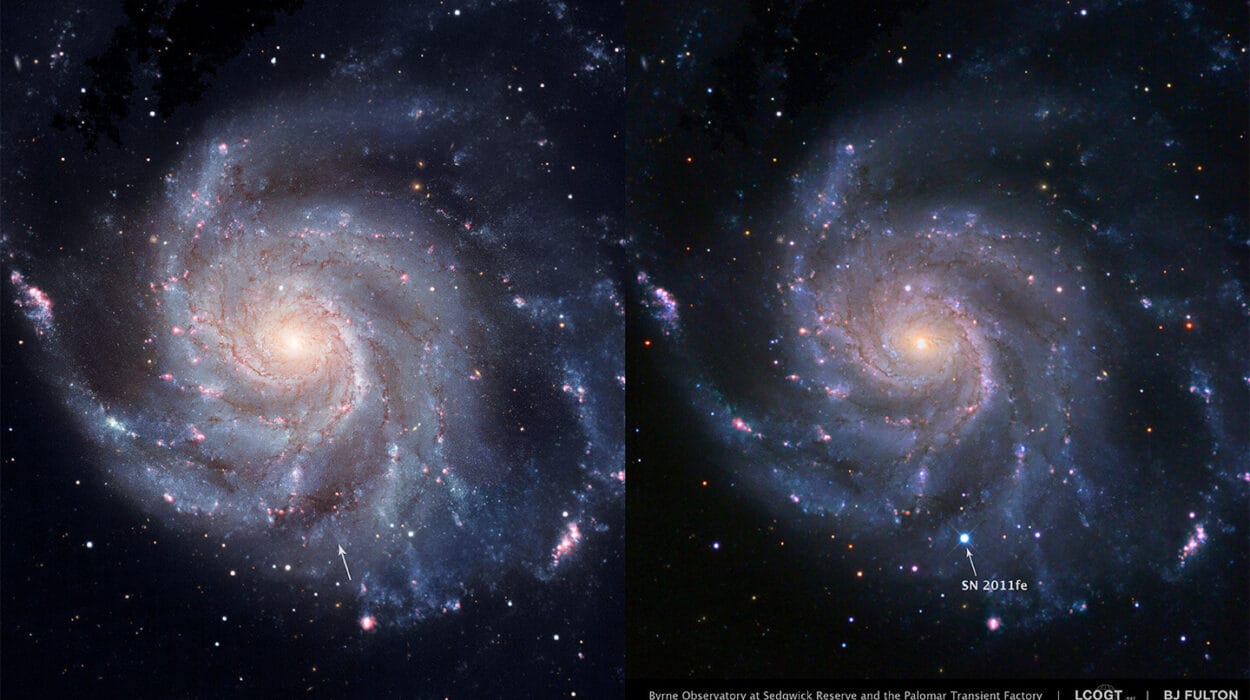In the silent fabric of the universe, there are moments so cataclysmic that they send ripples across the very structure of reality itself. These ripples—gravitational waves—travel through space-time like vibrations through a vast, invisible ocean. In late 2024, such waves reached Earth once again, carrying with them the echoes of two extraordinary cosmic events that occurred hundreds of millions of years ago.
In a landmark paper published in The Astrophysical Journal Letters, the international LIGO-Virgo-KAGRA Collaboration announced the detection of two gravitational wave events, observed in October and November 2024. These weren’t ordinary signals from black hole mergers—they revealed black holes spinning in ways scientists had never seen before. One was spinning at extraordinary speed, while the other rotated against the very direction of its orbit. These peculiarities didn’t just intrigue astronomers; they shook the foundations of what we thought we knew about how black holes are born and evolve.
The Discovery: When the Universe Spoke Twice
The first of the two events, named GW241011, was detected on October 11, 2024. The signal came from a region approximately 700 million light-years away, where two black holes—one about 17 times the mass of the Sun and the other about seven times—had collided. What made this event remarkable was not just its distance or its clarity, but the speed of the larger black hole’s spin. It turned out to be one of the fastest-spinning black holes ever detected.
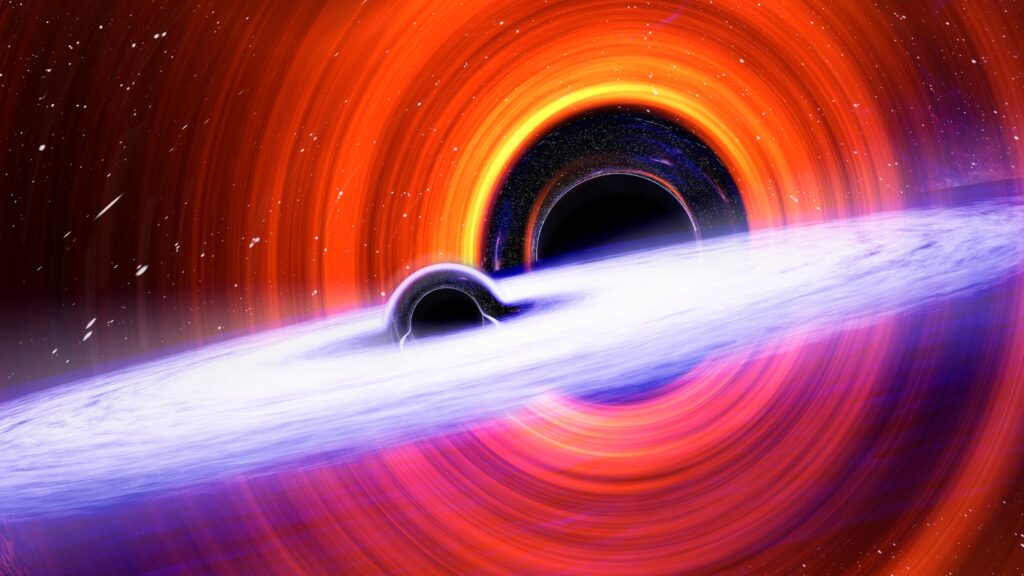
Just a month later, on November 10, 2024, a second event—GW241110—was recorded. This merger occurred roughly 2.4 billion light-years away, involving black holes of about 16 and eight solar masses. Here, the surprise was even greater: the primary black hole was spinning in the opposite direction to the orbital motion of the binary system. In other words, as the two black holes danced around each other before colliding, one was spinning backward—a phenomenon never directly observed before.
Such a configuration defies the neat patterns predicted by conventional models of binary formation. It hinted at a chaotic, densely packed environment—perhaps a star cluster or galactic nucleus—where black holes are born, merge, and merge again.
Listening to the Universe Through Gravitational Waves
To understand the magnitude of these discoveries, one must first grasp what gravitational waves are. They were first predicted by Albert Einstein in 1916 as a consequence of his general theory of relativity. According to Einstein, massive accelerating objects—such as orbiting black holes or neutron stars—distort space-time, creating waves that propagate outward at the speed of light.
However, the ripples Einstein predicted were so faint that he doubted humanity would ever detect them. It took a century of technological progress before that changed. In 2015, the Laser Interferometer Gravitational-Wave Observatory (LIGO) made history by detecting gravitational waves from a black hole merger, confirming Einstein’s century-old prediction.
Since then, LIGO, together with its European partner Virgo and the Japanese observatory KAGRA, has recorded hundreds of such events. Each detection adds a note to the growing symphony of cosmic knowledge, allowing scientists to reconstruct the final moments before black holes collide—and the nature of the black holes themselves.
Reconstructing the Death Dance of Black Holes
When two black holes spiral toward each other, they warp the surrounding space-time so violently that their energy radiates outward as gravitational waves. These waves carry encoded information about the system’s most intimate properties: the black holes’ masses, spins, distances, and even the angles of their orbits.
Researchers use advanced algorithms and mathematical models to decode this information. The waves from GW241011 and GW241110 revealed systems of unequal mass—where the larger black holes were roughly twice the size of their partners—and, intriguingly, were rotating rapidly. The orientation and magnitude of these spins were so unusual that scientists began to suspect they might not be first-generation black holes, but rather second-generation ones—formed from the remnants of earlier mergers.
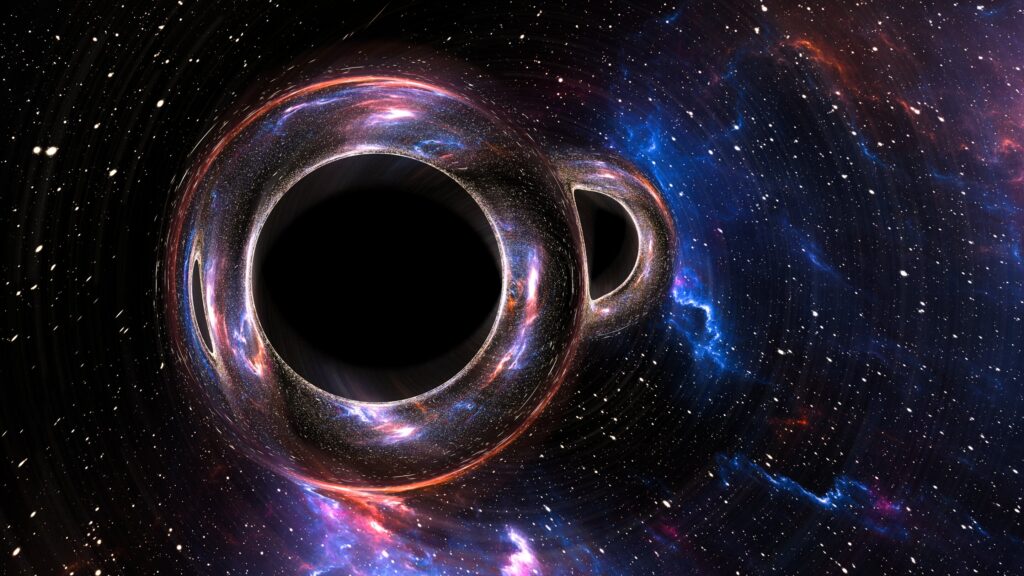
As Professor Stephen Fairhurst of Cardiff University, spokesperson of the LIGO Scientific Collaboration, explained, “With both events having one black hole significantly more massive and rapidly spinning than the other, they provide tantalizing evidence that these black holes were formed from previous black hole mergers.”
The Mystery of Second-Generation Black Holes
In the cosmic wilderness, most black holes are born when massive stars die and collapse under their own gravity. But in regions crowded with stars and stellar remnants—such as globular clusters or galactic cores—black holes can interact, collide, and merge multiple times. This process, known as a hierarchical merger, creates new black holes that are heavier and often spinning more rapidly than their progenitors.
Such environments act as celestial breeding grounds, where black holes do not exist in solitude but in a bustling ecosystem of gravity. The peculiar characteristics of GW241011 and GW241110—unequal masses, extreme spins, and the rare reverse rotation—fit perfectly within this scenario.
According to Gianluca Gemme, spokesperson for the Virgo Collaboration, “The unusual spin configurations observed not only challenge our understanding of black hole formation but also offer compelling evidence for hierarchical mergers in dense cosmic environments. They teach us that some black holes exist not just as isolated partners but likely as members of a dense and dynamic crowd.”
These discoveries thus provide a window into cosmic habitats where black holes are not silent and alone but social and collisional—constantly reshaping the universe’s gravitational landscape.
Testing Einstein Under the Universe’s Harshest Conditions
Beyond unveiling new astrophysical mysteries, these events also provided a rare opportunity to test the very foundations of physics.
The gravitational waves from GW241011 were recorded with extraordinary precision, allowing researchers to compare the data against Einstein’s general relativity and the Kerr solution, a mathematical description of rotating black holes first proposed by New Zealand mathematician Roy Kerr in 1963.
According to the Kerr model, a rotating black hole’s shape slightly flattens at its poles and bulges at its equator—a subtle deformation that leaves a distinct imprint on the gravitational waves it emits. When the researchers analyzed GW241011, they found an excellent match between the observed signal and Kerr’s theoretical prediction. Once again, Einstein’s vision of the cosmos—curved, dynamic, and consistent—emerged victorious.
But the precision went even further. Because the two merging black holes had vastly different masses, the resulting gravitational wave included faint higher harmonics, akin to musical overtones. These harmonics have been detected only a few times in history, and in GW241011 they appeared with remarkable clarity. This confirmed yet another prediction of Einstein’s equations, demonstrating that even under the most extreme cosmic violence, the laws of relativity hold true.
As astrophysicist Carl-Johan Haster of the University of Nevada, Las Vegas, noted, “Each new detection is both an astrophysical discovery and an invaluable laboratory for probing the fundamental laws of physics.”
The Frontier Between Black Holes and Particle Physics
What makes these discoveries even more intriguing is their potential link to particle physics. Rapidly spinning black holes can be used as natural detectors for hypothetical particles known as ultralight bosons. These particles, predicted by theories that extend beyond the Standard Model, could interact with black holes in subtle ways, extracting energy from their rotation.
If such particles exist, they would gradually slow down the spin of black holes over cosmic timescales. However, the observation that the larger black hole in GW241011 continues to spin rapidly even after millions or billions of years implies that certain masses of ultralight bosons cannot exist—narrowing the field for particle physicists searching for dark matter candidates.
Thus, the black holes of GW241011 and GW241110 are not only astrophysical phenomena but also cosmic laboratories for fundamental physics, capable of testing theories that no human experiment could ever replicate on Earth.
A Symphony of Collaboration and Technology
Behind every gravitational wave detection lies an extraordinary story of international collaboration and technological brilliance. The LIGO-Virgo-KAGRA network consists of multiple observatories—two in the United States (LIGO), one in Italy (Virgo), and one in Japan (KAGRA)—that operate in perfect synchrony.
Each facility uses laser interferometry, an exquisitely sensitive technique that can detect distortions in space-time smaller than a proton’s width. When a gravitational wave passes through Earth, it subtly alters the distance between suspended mirrors kilometers apart, producing an interference pattern in laser beams that can be analyzed to extract the signal.
Since the start of its fourth observing run (O4) in May 2023, the network has recorded hundreds of black hole mergers, each one a new window into the hidden mechanics of the universe. The detection of GW241011 and GW241110 marks one of the most significant milestones of this campaign—proof that as the detectors grow more sensitive, they reveal ever more intricate details of cosmic behavior.
As Francesco Pannarale of Sapienza University of Rome explains, “The LIGO and Virgo instruments taught us yet some more about how black hole binaries can form in our universe, as well as about the fundamental physics that regulates them at the very essence. By upgrading our instruments, we will be able to dive deeper into these and other aspects with increased precision.”
What These Discoveries Mean for the Future of Physics
The detections of GW241011 and GW241110 remind us that the universe still holds vast, uncharted mysteries. Each gravitational wave event is not merely a signal from the past—it is a messenger from the deepest regions of spacetime, bearing secrets of creation, evolution, and destruction.
By observing the spins and masses of merging black holes, scientists can trace their ancestry, understand their environments, and test the boundaries of our physical theories. The presence of second-generation black holes indicates that some cosmic regions are far more dynamic than we once imagined, acting as nurseries of continual rebirth for these gravitational titans.
At the same time, these events allow us to test whether Einstein’s theory remains universally valid or whether, under extreme conditions, cracks might appear—cracks that could reveal new physics beyond relativity.
Humanity’s Conversation with the Cosmos
Ultimately, discoveries like GW241011 and GW241110 transcend the language of mathematics and instrumentation. They speak to something deeply human—the desire to understand the unknown, to listen to the faintest whispers of the universe, and to find meaning in its vast, silent beauty.
Every gravitational wave that reaches Earth carries not just information about distant stars and black holes but a message about ourselves: that our species, bound to a small blue planet, has found a way to hear the music of the cosmos.
As we continue to refine our detectors and push the frontiers of science, one truth remains constant. The universe is not silent. It hums, it vibrates, it sings—and through physics, we are finally learning to listen.
In the words of Einstein, who foresaw these waves over a century ago, “The most incomprehensible thing about the universe is that it is comprehensible.” With every gravitational wave we detect, we understand a little more—and wonder all the more deeply—about the vast, mysterious universe we call home.
More information: GW241011 and GW241110: Exploring Binary Formation and Fundamental Physics with Asymmetric, High-Spin Black Hole Coalescences, The Astrophysical Journal Letters (2025). DOI: 10.3847/2041-8213/ae0d54
